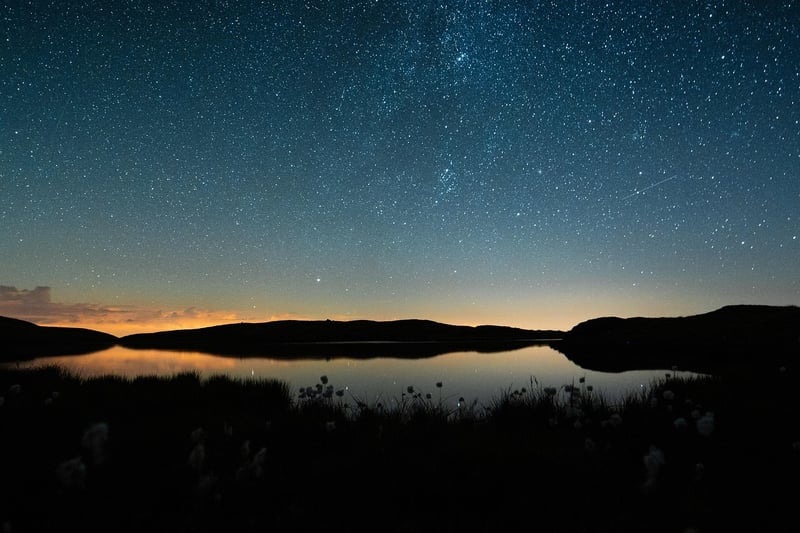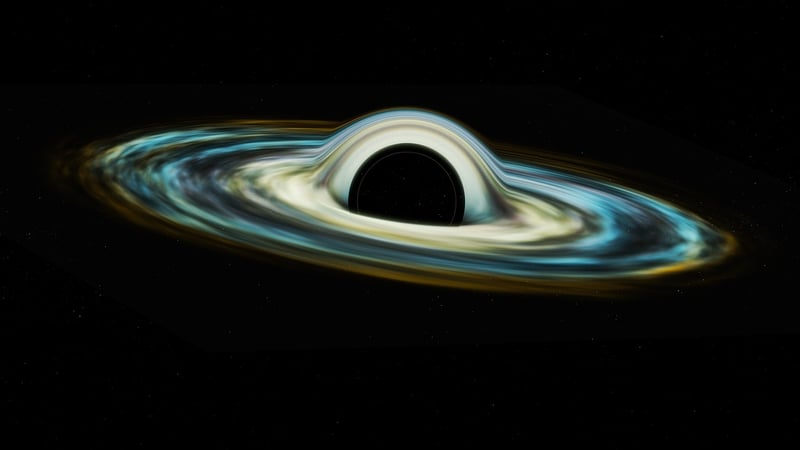Black Hole Exploration
Unveiling the Mysteries of the Universe: Black Hole Exploration
Welcome to the realm of cosmic wonders where the mysteries of the universe unfold before our very eyes. In this article, we will embark on an extraordinary journey to explore the enigmatic phenomenon of black holes and delve into the depths of space beyond Earth.
Understanding Black Holes
Black holes are regions in space where gravity is so intense that nothing, not even light, can escape their grasp. These cosmic entities are formed when massive stars collapse under their weight, creating a singularity with infinite density at the center.

The boundary surrounding a black hole, known as the event horizon, marks the point of no return beyond which the gravitational pull is overwhelming. Despite their mysterious nature, black holes play a crucial role in shaping the structure of galaxies and the evolution of the cosmos.
Exploring the Unknown
Scientists and astronomers around the world are continuously pushing the boundaries of exploration to unravel the secrets of black holes. Through advanced telescopes and groundbreaking technologies, they strive to capture images and data that shed light on these cosmic enigmas.

Recent discoveries, such as the first-ever image of a black hole captured by the Event Horizon Telescope, have provided unprecedented insights into the nature of these cosmic behemoths. By studying black holes, scientists aim to enhance our understanding of gravity, spacetime, and the fundamental laws of the universe.
Into the Beyond
As we gaze into the vast expanse of space beyond Earth, we are humbled by the sheer magnitude of the cosmos and the mysteries that lie waiting to be uncovered. Black holes represent a gateway to exploring the unknown and expanding our knowledge of the universe.
Join us on this captivating journey of discovery as we venture into the depths of space, where the secrets of black holes and the wonders of the universe await.
For more information on black holes and space exploration, visit NASA and ESA.
